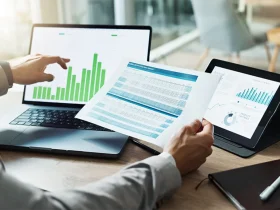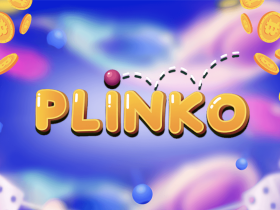Data-driven digital marketing is the best way to fully understand the five stages of the customer lifecycle. With this knowledge, you can better prepare your marketing, sales, and customer service teams to turn one-time purchasers into loyal promoters. So, when looking for an agency to handle your ecommerce marketing, make sure it is one that knows data and, more importantly, how to interpret it. Armed with this data, you can calculate much you can afford to pay for a lead while still remaining profitable. At the same time, you can review the records of your past customers to get an appreciation of how leads join your list, the length of time between someone joining your list and becoming a paying customer, and how much the average customer spends with you.
Integral to all this is understanding the customer lifecycle in all its stages. They are:
- Reach. The first stage sees the customer search for a product because they have a problem they need to solve. This stage is given the name “reach” because this is your opportunity to reach the customer while they’re deliberating on the best way to solve that problem. At this time, your customer is doing product comparison across all competing brands, including yours. They’ll be carrying out research, and reading reviews. In the Reach stage, effective digital marketing puts your brand on their radar and, better still, persuades them to reach out to you for more information e.g. more details on your product or service, or a definitive price.
- Acquisition. If a customer reaches your website or makes a phone call to you, you can say they have entered the “acquisition” stage. In the case of a phone call, you’ll need to respond to the customer’s questions and or any other discussion points they raise. From that point, you’ll offer products or services to solve their problems and educate them on how to use those products or services. If they’ve discovered you via a website, they should see content that allows them to make a fully informed purchasing decision. Content offers, pricing pages and educational blog posts are good examples. Ideally, a portion of this content will be gated so you can obtain the customer’s information. Even better, your customer service team should be available to answer urgent inquiries via live chat. Take note that all interactions at this stage of the lifecycle are customer service experiences.
- Conversion. With all the necessary information on hand, and having enjoyed an excellent customer experience, your prospect becomes a real customer and makes a purchase. You’ve converted them! So, in the “conversion” stage you will want to demonstrate that you’re giving them value and that they’ve entered a relationship with you, and not just purchased something from you. This is where it’s time to look ahead to the all-important retention stage.
- Retention. The next stage of the customer lifecycle involves finding out how the customer feels about their experience with your business, as well as their opinions of your product or service. Customer service surveys are a good way to do that, or a personalised email might be a better way to gain the information you need. Using this information, you can make improvements to your products and services, as well as your customer service. In the retention stage, you should offer exclusive offers and perks that only existing customers can enjoy. Things like product discounts, access to 24/7 support and referral bonuses all fit into this category and take your customer from a purchaser to a brand promoter.
- Loyalty. In this stage, the customer displays their loyalty to you by making additional purchases in the years ahead. Brand loyalty is earned through providing exemplary customer service, as well as products or services that continue to solve problems. One of the most common forms of brand loyalty is in the motor industry where many customers stick to the same brand when buying a new vehicle. If they’ve enjoyed a reliable, safe and comfortable driving experience with one brand, they’ll likely stick with it when it’s time to upgrade. You can inspire the same sort of devotion with your products or services but remember…you have to earn it.
For your customer to reach the loyalty stage, they need to have a smooth and seamless journey through the previous four stages. Understanding how they behave in each stage, and how you treat them, will help you improve your customer service, products or services. If people are failing to go from the Reach stage to the Acquisition stage, then you’re not making a good first impression. If they’re dropping out in the Retention stage, you’re not doing enough to reward them. That’s why it is vital you understand the five stages of the customer lifecycle – and to get the most profound understanding, you are far better off working with a data-driven digital marketing agency.










